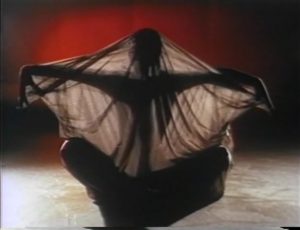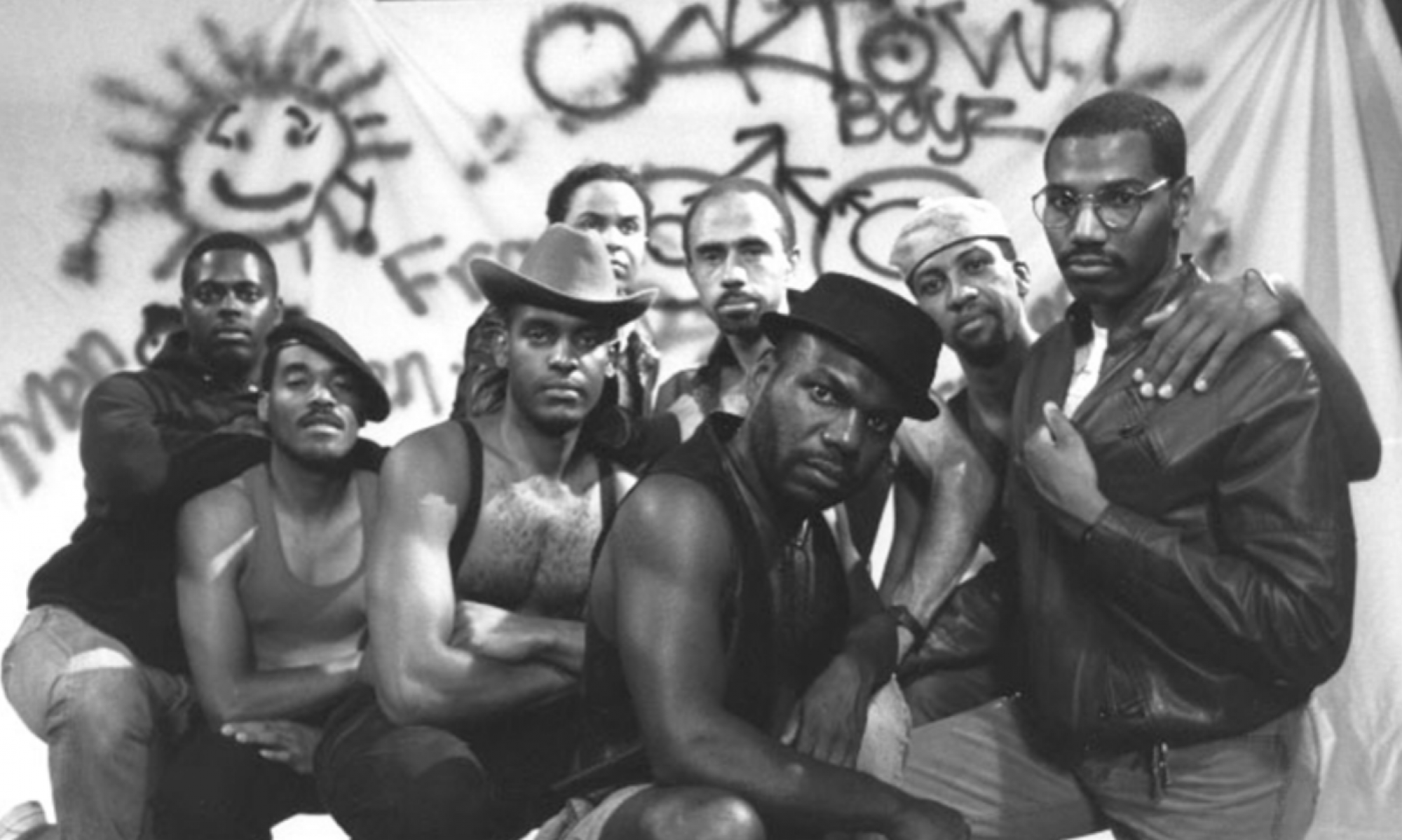From the perspectives we can take from Audre Lorde’s The Uses of the Erotic, we can view these two pieces, The Woman’s Film and Four Women as two opposing ways to express the erotic.
The Woman’s Film builds up an air of revolution and revolutionary speech, in a direct implementation of the ideas of Lorde, slowly progressing the film into the use of more and more revolutionary speech, relating to Lorde’s thesis in the form of gradually releasing “the erotic” from the interviewees of the film, a statement on the nature of revolution and/or revolutionary speech: that it must be done gradually. In The Woman’s Film, less revolutionary, more commonly articulated thoughts fade into and blend with more revolutionary speech (even blatantly advocating violent revolution in response to the violence against women and minorities). In this way, The Woman’s Film presents a vision against the spontaneity of eroticism, for the sake of avoiding alienation of audiences. However, this does not mean that The Woman’s Film avoids the heaviest parts of revolutionary speech from women altogether. It still presents a narrative of radical speech that is still representative of the full expression of radical thought by oppressed women; eroticism to the fullest extent of radicalism.
Four Women, on the other hand, expresses eroticism as radical expression in the form of a much more artistic vision, which is often more linked to the vector of erotic expression as sexuality, especially in the form of dance. Four Women combines many forms of expression deeply linked to the erotic: powerfully vocally-based soul music, solo dance, solo dance, artistically deliberate use of color in cinematography, and even the intrinsic nature of the lyrics themselves. The vocals of Nina Simone are deeply powerful (as expected of a powerful singer of her calibre) and express power from the strong voice that is put behind each note and verse, plunging the audience into the depths of the singer’s most intimate feelings, a form of intimacy that breaks through layers upon layers of repression of deeper expression as articulated by Lorde. The solo dance is especially expressive of deeper emotions, as the dancer is sharing their expression directly with the audience an expression similar to The Woman’s Film‘s form of interview; a solitary act of defiance and expression. The use of color in Four Women visually brings the audience deep into the intimate setting as well, as the film is s

et on a deep red background, accentuating the silhouettes of the dancer to intentionally focus on the flowing, morphing form of the dancer. The lyrics further express the intrinsic, erotically expressive film, as they tell of the most readily perceived and readily caricatured features of women as they are compartmentalized into their race, yet are still individuals, as Simone’s lyrics focus on the features of the women (“My skin is black/My arms are long/My hair is woolly[…]My skin is yellow/My hair is long[…]My skin is tan/My hair is fine”), but gives the women names, or at least names that they are perceived as (“My name is Aunt Sarah/My name is Saffronia/My name is Sweet Thing/My name is Peaches”). Julie Dash expressed the lyrics through the choreography and performance of L. Martina Young, as four different women, expressing radical, erotic, intimate dances that each persona represents. Though the dancer is just one woman, she expresses the deepest, most radical, yet intuitive thoughts of many women. Lorde would respond to this as an attempt to capture—through Simone’s Four Women—the subverted experiences of many women in the form of an explosively erotic performance (a method of releasing the suppressed erotic singularity that Lorde describes as cathartic and even necessary).
Ultimately, Four Women and The Woman’s Film both attempt to express that which is erotic, the subverted, the repressed, but the very radical of many women at once; the former through the artistic expression of a group of women, and the latter through the narrative/verbal expression of a group of women. Both of which express ideas to be representative of many, but one gradually and the other explosively.
